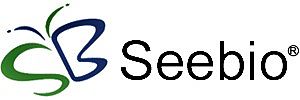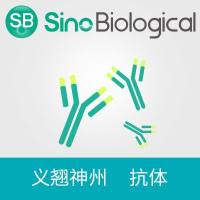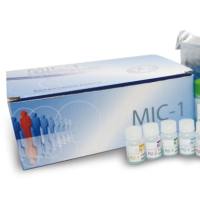Immunohistochemistry in Research and Diagnosis of Celiac Disease
互联网
461
Immunohistochemistry comprises methods used to recognize tissue components as antigens
in situ
by means of directly or indirectly labeled antibodies, usually (but not always) derived from another species. When applied to cell preparations, the same methods are called immunocytochemistry (Fig. 1 ), although some authors also use this term for immunostaining of cellular components in tissue sections. Note that compared with immunostaining of vital cells in suspension or cultured monolayers, the sensitivity of immunohistochemical cell-surface staining is considerably reduced because of the decreased amounts of marker antigen represented by the cross-section of the plasma membrane. Also, for certain cellular markers examined in a tissue section, truly peripheral staining may be difficult to distinguish from a rim of cytoplasmic antigen expression.
Fig. 1.
Immunohistochemistry (
A
) is performed on tissue sections whereas immunocytochemistry (
B
) is performed on cells in suspensions, smears, or monolayers. Antibodies do not penetrate the surface membrane of living cells; therefore, unequivocal peripheral staining is obtained only for cells in suspension or vital monolayers. With tissue sections or dried (and fixed) cells, it is difficult to distinguish peripheral from cytoplasmic immunostaining unless the antigen is a distinct surface membrane marker.









